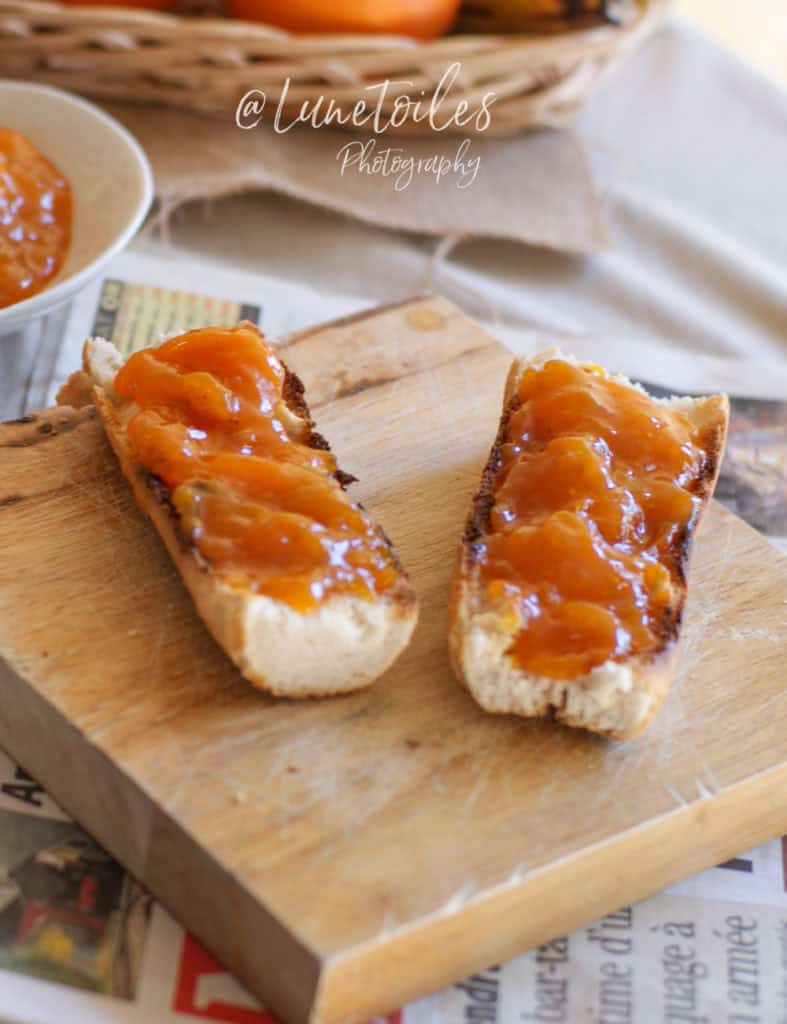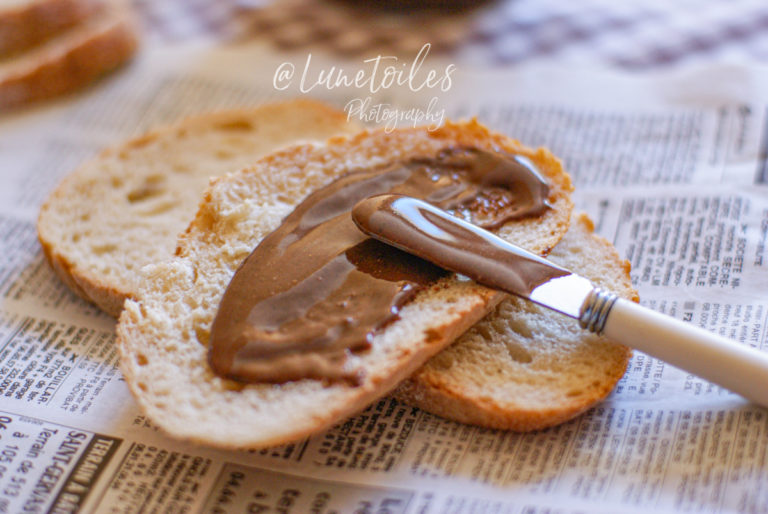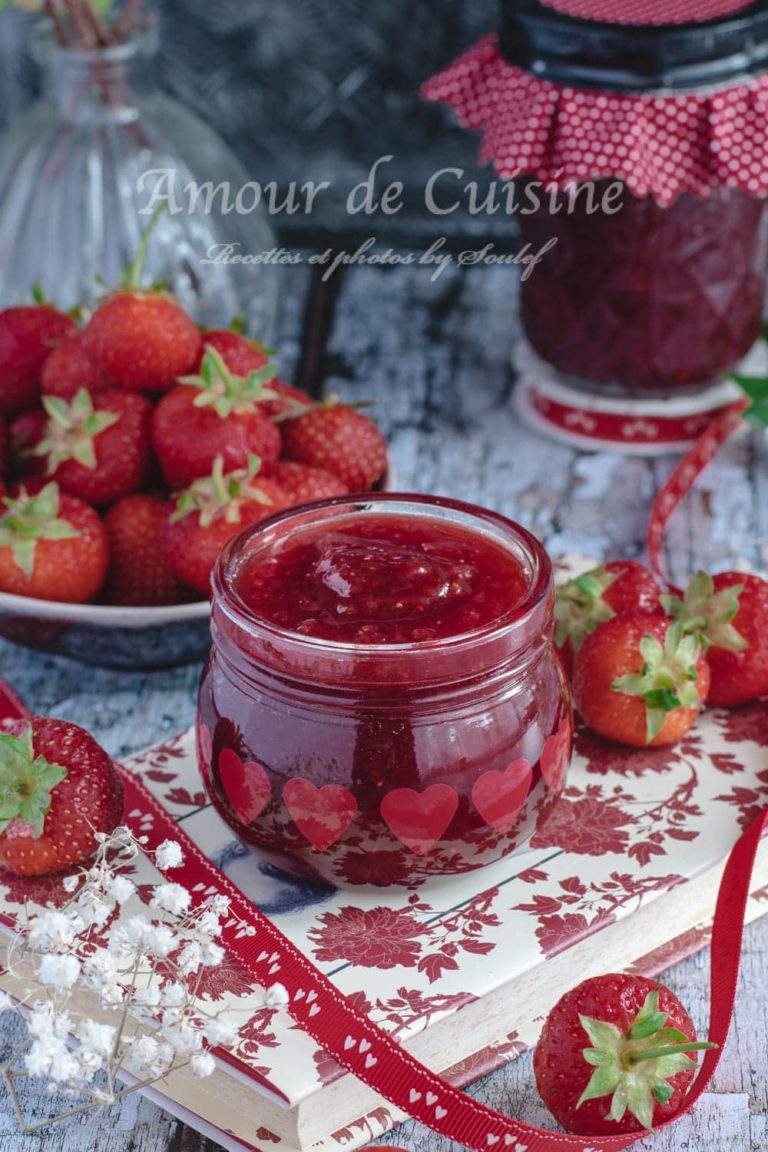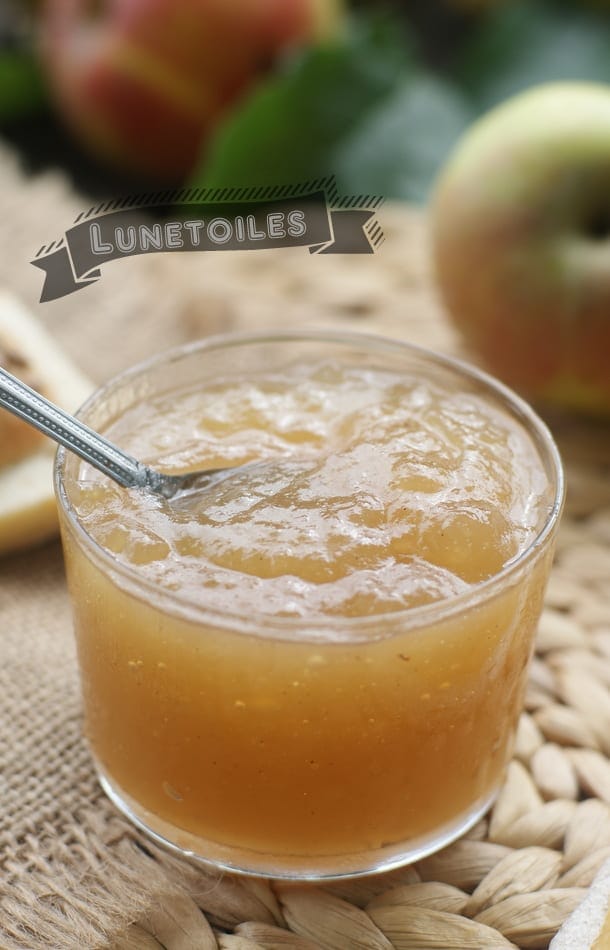👍 Apricot Jam
Looking for a naturally sweet, spreadable fruit preserve to enjoy all year round? This traditional homemade apricot jam is the perfect way to capture the flavor of ripe summer apricots.
This blog is moving to a new address. Follow the link for the full recipe :
👉👉👉 : Homemade Apricot Jam easy Recipe




